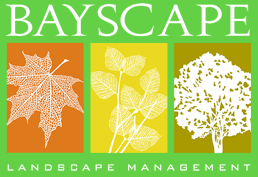Do you know how to spot tree disease?
You probably already know many of the benefits of trees: that they’re a crucial part of the environment – providing shade, oxygen, and animal habitats; that they bring beauty and fullness to most any landscape; and of course, that they can add dramatically to both the curb appeal and value of your home and property.
It would be more than unfortunate to lose all of that to tree disease – especially since it’s often preventable or treatable, and since saving a tree is less costly and more efficient and desirable than removing it after it’s dead.
Proactive maintenance and preventive care are key to keeping your trees healthy. Do you know how to spot the warning signs of possible tree disease?
Check your trees regularly, and look for these (and other) red flags of tree disease:
- Brown black “scorches” on leaves: a possible sign of the fungal disease anthracnose.
- Rot on branches or trunks: could signify the presence of a soil fungus called crow rot.
- Sunken or crumbling bark: might point to a canker
- Yellowish/brownish foliage: Dutch elm disease could be present.
- Sudden limb drop: While the sudden dropping of limbs from an otherwise healthy-looking tree may not necessarily be a sign of disease, it is, however, a concern as it has been happening with some regularity in the Bay Area. (Read more about this phenomenon on our website here.) Trees – most frequently quercus, populous, salix, eucalyptus quercus, ulmus procera, fagus sylvatica, and cedrus – can drop without warning and in the absence of disease symptoms.
It’s important to keep an eye on your trees, but nothing can take the place of a trained professional with the education and experience to know exactly what to look for. Call us to set up a tree inspection appointment with one of Arbortek’s ISA-certified arborists today.
